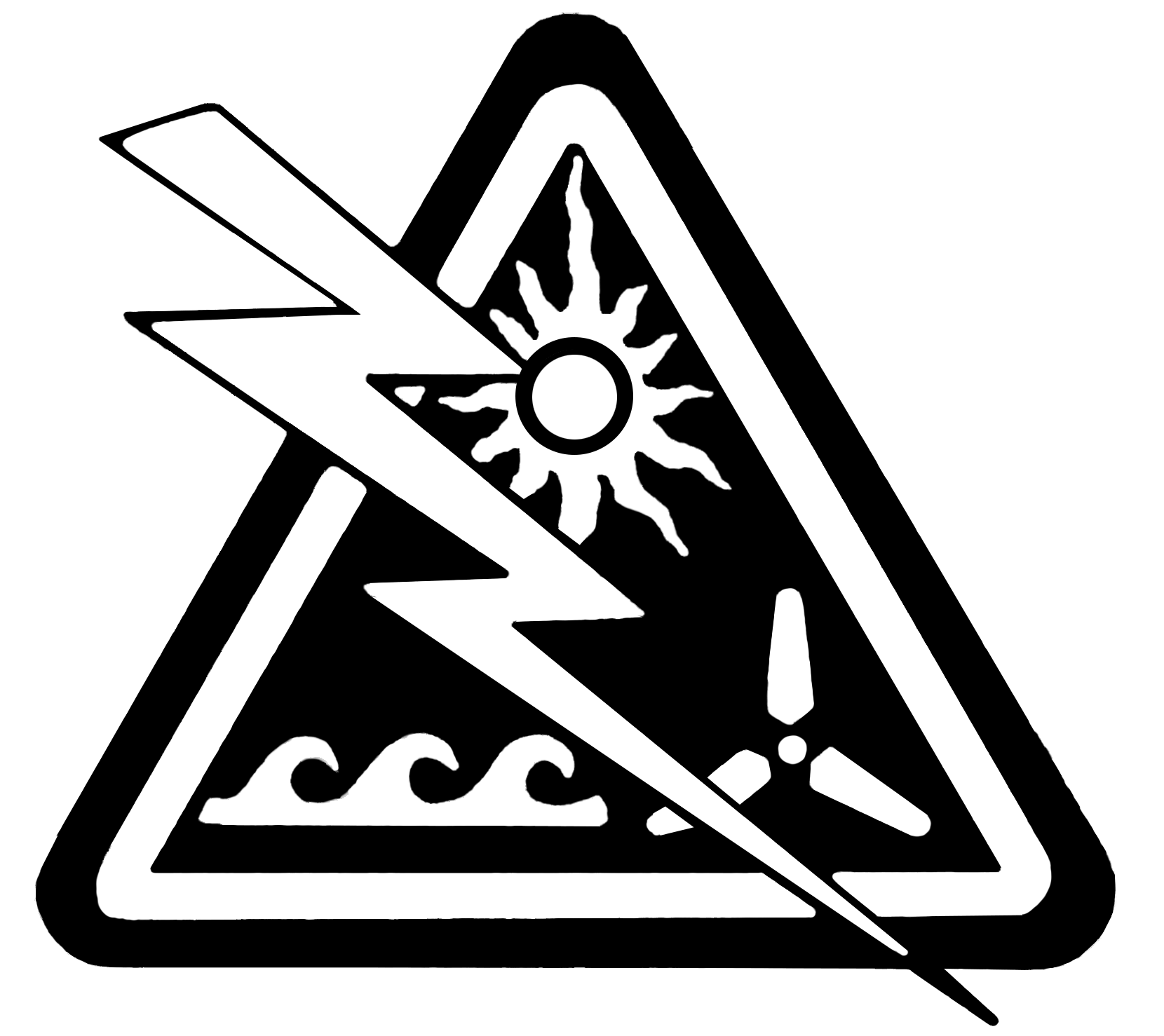Inverters for Grid-Tie with Battery Back-Up
OutBack makes G-Series inverters and switchgear, as well as the new Radian inverter, which can power loads individually from 2 to 8 kW and can be combined in a single system to invert up to 80 kW. (See Inverters: Battery Based and Power Systems)
The Schneider Xantrex XW series of inverters offers grid-tie inverters with battery back-up capability in 4 kW, 4.5 kW, and 6 kW increments and up to 4 units can be paralleled for battery back-up systems up to 24 kW. (See Inverters: Battery Based)
The SMA Sunny Island inverter, in conjunction with a Sunny Boy inverter and PV array, can be used to provide high-efficiency back-up power in a grid-tied home or business. Back-Up systems can be configured with up to 20 kW single-phase output using up to 4 Sunny Island inverters or up to 60 kW of 3-phase output with up to 12 Sunny Island inverters and a Multi-Cluster Box. (See Inverters: Battery Based)
Follow steps 1-5 on the Grid-Tie PV System Design Worksheet (on page 10) to determine the size of the array required to provide the desired percentage of total power. Then calculate the inverter size and battery capacity needed using the worksheet below.
Worksheet: Inverter and Batteries for Grid-Tie w/ Back-Up System
Determine energy storage requirement for back-up system
| Step 1: | Find the power requirements (watts) for the appliances that need power during a black-out. Make a list of the loads and appliances that need to power during an outage, such as refrigerators, safety lighting, etc. Only list the essential items, since the system size (and cost) will vary widely with power needed. The wattage of individual appliances can usually be found on the back of the appliance or in the owner's manual. If an appliance is rated in amps, multiply amps by the operating voltage (120 or 240) to find watts. Add up the wattage of all the items on the list that may need to run simultaneously to arrive at the total amount of watts. This is the "peak wattage" inverter requirement and will determine the minimum size of the dual-function inverter that you will need. If the PV array is larger than the peak Wattage, then skip steps 2 through 5 and size the inverter to the array as in a normal grid-tie system. |
| Step 2: |
Define how long of an outage the system must accommodate. Power outages last from a few minutes to a day (or more). Again, this decision will greatly affect the system size and cost, so it is more cost-effective to stay on the conservative side. If the system needs to provide power for an indefinite period of time, use the array and battery bank sizing instructions for an off-grid system. |
| Step 3: |
Determine the amount of energy needed. Multiply the power requirements (in step 1) by duration in hours (in step 2). The result will be watt-hours. For example, powering a 350 W refrigerator, a 150 W computer, and a 500 W lighting system for 2 hours, would require 2,000 watt-hours (or 2 kWh) of energy storage. |
| Step 4: |
Calculate the energy storage needed. Multiply the figure arrived at in step 3 by 1.7. In the example, 2 kWh X 1.7 = 3.4 kWh of energy storage is needed. |
| Step 5: |
Calculate battery capacity needed. Divide the energy storage requirement from step 4 by the DC voltage of the system (usually 48 VDC, but sometimes 24 VDC) to get battery amp-hour (Ah) capacity (See Battery Back-Up Systems). Most back-up systems use sealed batteries due to their reduced maintenance requirements, and because they can be more easily placed in enclosed battery compartments. |
